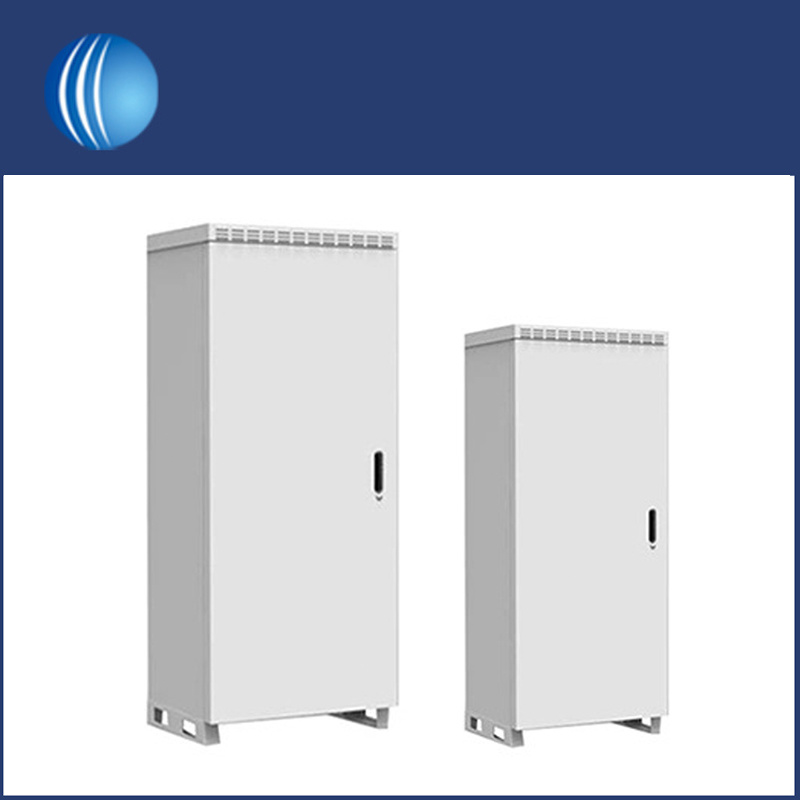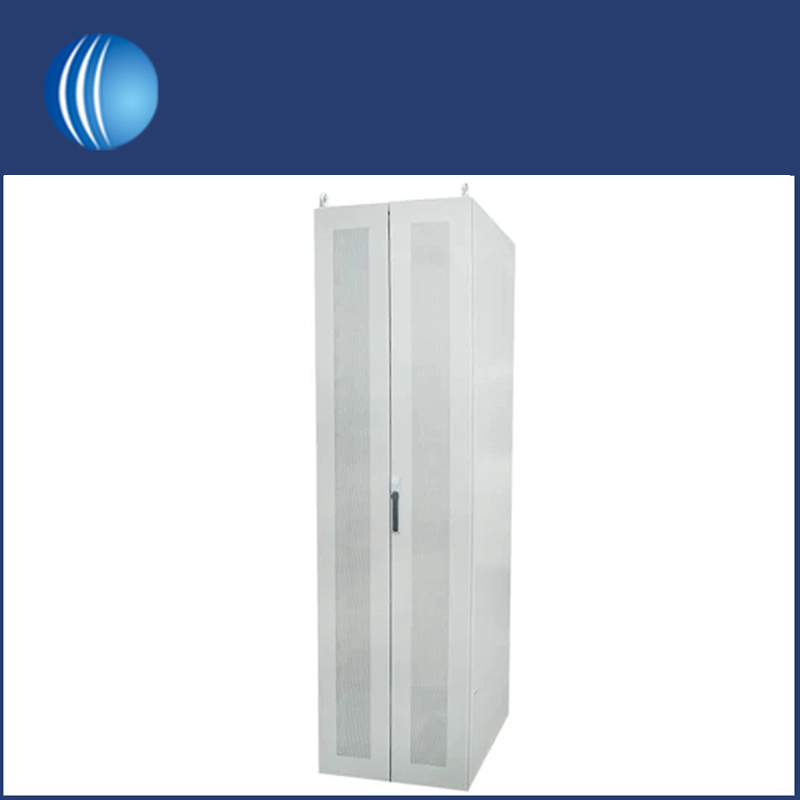
Electrical distribution cabinets play a key role in power systems. They are not only responsible for distributing electrical energy, but also provide a variety of protection, monitoring and control functions to ensure the reliable operation of circuits and load equipment.
The electrical distribution cabinet is a key equipment in the power distribution system. It is mainly used to distribute electric energy, protect circuits and monitor electrical parameters.
Purpose and location: The electrical distribution cabinet is usually installed at the end of the power system to guide power from the upper-level power distribution equipment to the nearby load equipment. They are used in a wide range of applications including power plants, substations, industrial facilities, commercial buildings, and residential areas.
Composition: The electrical distribution cabinet is composed of a variety of electrical components, including switching equipment (such as circuit breakers, contactors), measuring instruments (such as ammeters, voltmeters), protective appliances (such as overload protection, short-circuit protection devices) and auxiliary equipment (such as relays, signal lights, etc.). These components are usually installed in closed or semi-closed metal cabinets or screens to ensure the safety and reliability of the circuit.

Type and configuration: The type and configuration of the electrical distribution cabinet can be selected based on specific application requirements. For example, low-voltage switchboards are commonly used in homes and commercial buildings, while medium-voltage and high-voltage switchboards are used in industry and power stations. Additionally, they can be single-circuit or multi-circuit, depending on the number of circuits that need to be distributed.
Circuit control: Electrical distribution cabinets allow circuits to be turned on or off manually or automatically. This means power can be cut off when needed for maintenance, troubleshooting or emergency situations. This is one of the key features that ensures the operability and safety of the circuit.
Protection function: A variety of protection devices are built into the electrical distribution cabinet to ensure the safe operation of circuits and load equipment. Safety is the primary consideration for any power system. These protective devices are able to detect abnormal conditions and take appropriate measures, such as cutting off power or sounding an alarm. Power distribution cabinets usually adopt multiple safety measures, including metal casing, fire-proof design, emergency stop button, etc., to ensure that power can be quickly cut off in an emergency and to protect the safety of personnel and equipment. For example, overload protection prevents circuits from being overloaded, and short-circuit protection quickly cuts off circuits to avoid fires or damage to equipment.
Maintenance and maintenance: Regular maintenance and upkeep are essential for the long-term reliable operation of the electrical distribution cabinet. This includes cleaning, inspecting and replacing worn parts, as well as regularly testing the functionality of protective devices to ensure they work properly when needed.
Monitoring and Control: Electrical distribution cabinets are usually equipped with measuring instruments to monitor various parameters in the circuit, such as current, voltage, power factor, etc. Monitoring of these parameters helps operation and maintenance personnel understand the operating status of the circuit and take measures when necessary. In addition, the power distribution cabinet can also allow the operator to adjust the electrical parameters to ensure the normal operation of the circuit.
Remote monitoring: Some modern electrical distribution cabinets have remote monitoring and control capabilities. This means that operation and maintenance personnel can monitor the status of the power distribution cabinet in real time through remote connection, and perform remote operations and troubleshooting, thus improving the efficiency and response speed of operation and maintenance.

Automation and intelligence: With the advancement of technology, electrical distribution cabinets are becoming more and more intelligent. They can be integrated with automation systems to automatically adjust circuits based on load requirements and optimize energy efficiency. Intelligent power distribution cabinets can also perform predictive maintenance, detect possible equipment problems in advance, and reduce downtime.
Application areas: Electrical distribution cabinets are used in a wide range of applications, ranging from large power plants to small industrial workshops, commercial buildings and residences. They are available in different models and configurations for various environments and load requirements.
Regulatory Compliance: When designing and installing electrical distribution cabinets, relevant electrical safety regulations and standards must be adhered to to ensure that they comply with international and local regulations, as well as to protect the safety of personnel and the environment.
Electrical distribution cabinets are a key component of the power distribution system. They ensure the safe operation of circuits and load equipment by distributing power, providing protection and monitoring functions, and also provide necessary control and information feedback for operation and maintenance personnel.
SKYT® provides various specifications of power distribution cabinets. For details, please contact us for consultation.
